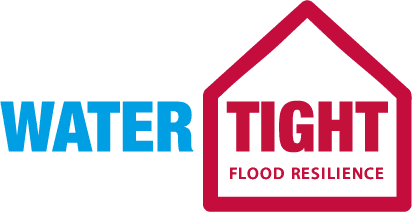Property Flood Resilience
You can never eliminate the risk of flooding, but you can reduce the risk of water getting into your property and further reduce its impact if it does get in.

Flooding – the big picture
Flooding is a significant risk in the UK and around the world. Over 5.2 million properties – one in six – in England are at risk from flooding, yet only a third of those potentially affected believe their property is at risk.
Climate change and increasingly severe rainfall events have shown that many recent floods do not take place anywhere near a river or the coast. Surface water flooding is a real threat following heavy rainfall where drains or land do not allow water to escape quickly.
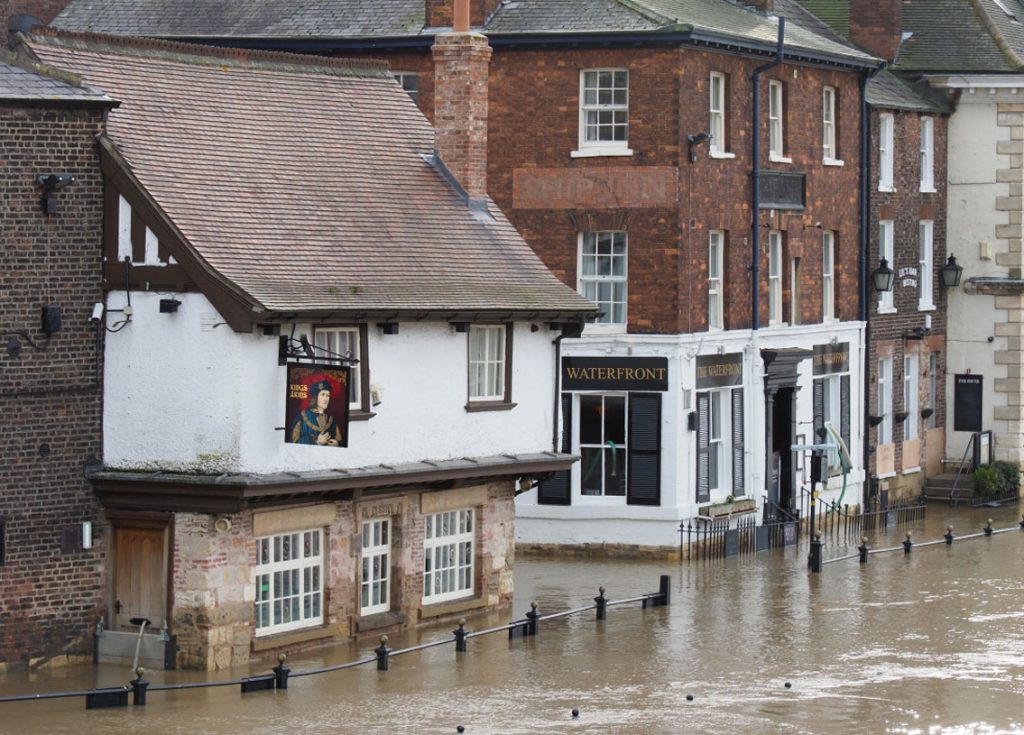
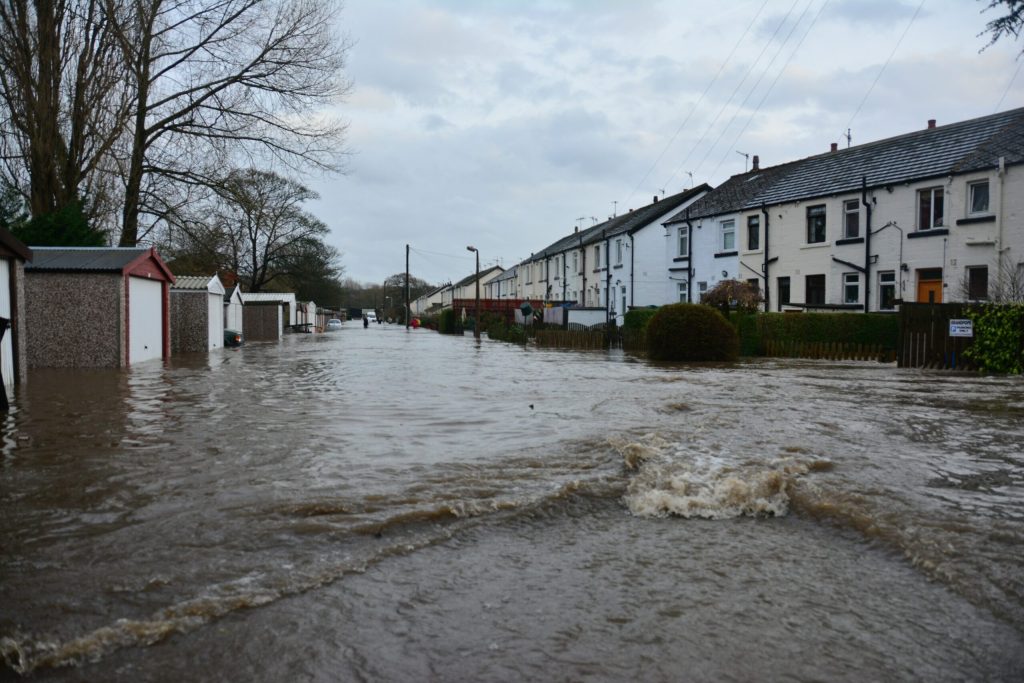
The average cost to householders affected by flooding is £32k. Business impact is significant with an £83k average claim for SMEs, 50 lost business days and 40% of whom will fail to reopen post-flood.
The economic and social impacts of flooding are considerable and increasingly both homeowners and businesses are finding it more difficult to access affordable insurance.
Property Flood Resilience
Whilst engineered flood defences, flood warnings and upper catchment measures can make an improvement, it is essential for resilience to be built into individual properties. PFR includes any measures to reduce the risks to people and property enabling households and businesses to reduce flood damage, speed up recovery, reoccupation of flooded buildings and potentially obtain insurance cover more easily and affordably.
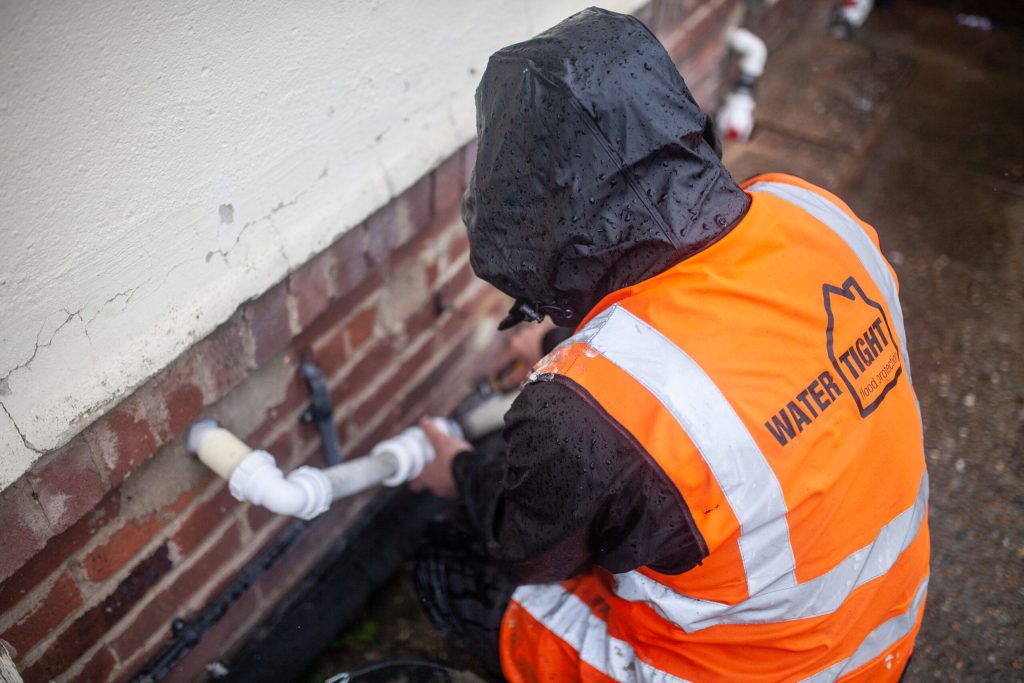
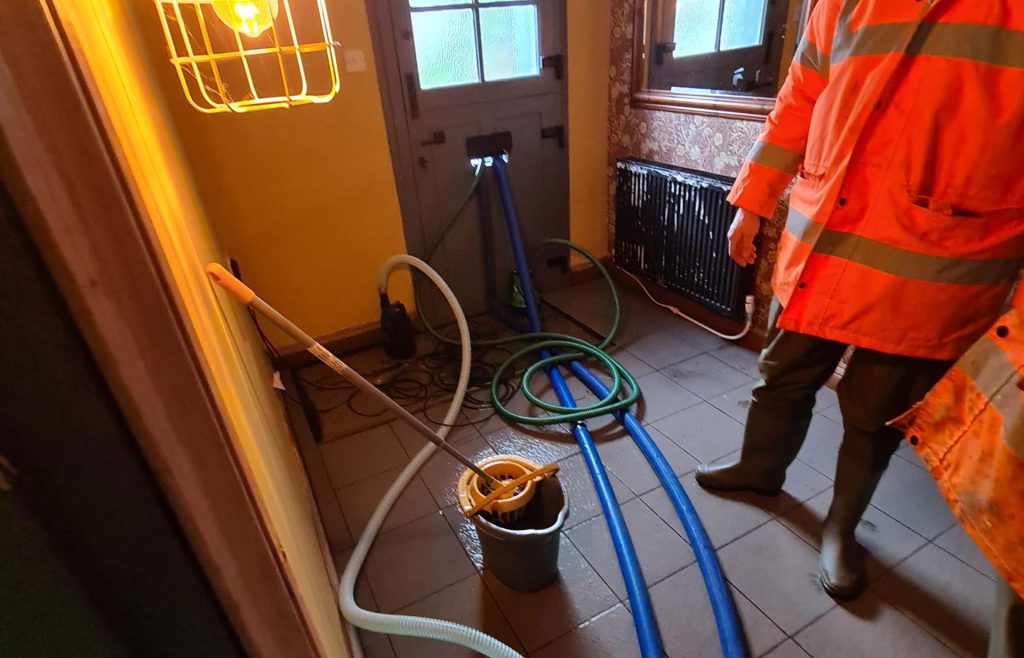
PFR includes resistance measures (e.g. barriers and doors) to keep water out of a property and recoverability measures, specifically measures, products and construction methods that reduce the damage caused if water does enter a building to allow it to recover quickly after a flood.
PFR can be implemented at various stages in the life of a property: at design (new build); renew (planned works); refit (as part of refurbishment); recovery (after a flood event, claim); invest (with the right knowledge and advice).
Sustainable Drainage Systems - SUDs
2.8m properties are currently at risk from surface water flooding. This will increase with winter rainfall predicted to increase by 59% by 2050.
Sustainable drainage systems (SUDs) are particularly useful to manage surface water flooding, caused by storm events when the capacity of our aged networks and combined sewers are unable to cope with the volume of water, particularly in urban areas with hard surfaces.
SUDs are engineered or natural interventions to reduce the amount of water entering the sewers by storing or slowing the flow of storm water at the surface. Examples are tanks, oversized pipes or natural interventions which mimic nature and provide flood risk benefits to local biodiversity such as green roofs and rain gardens.
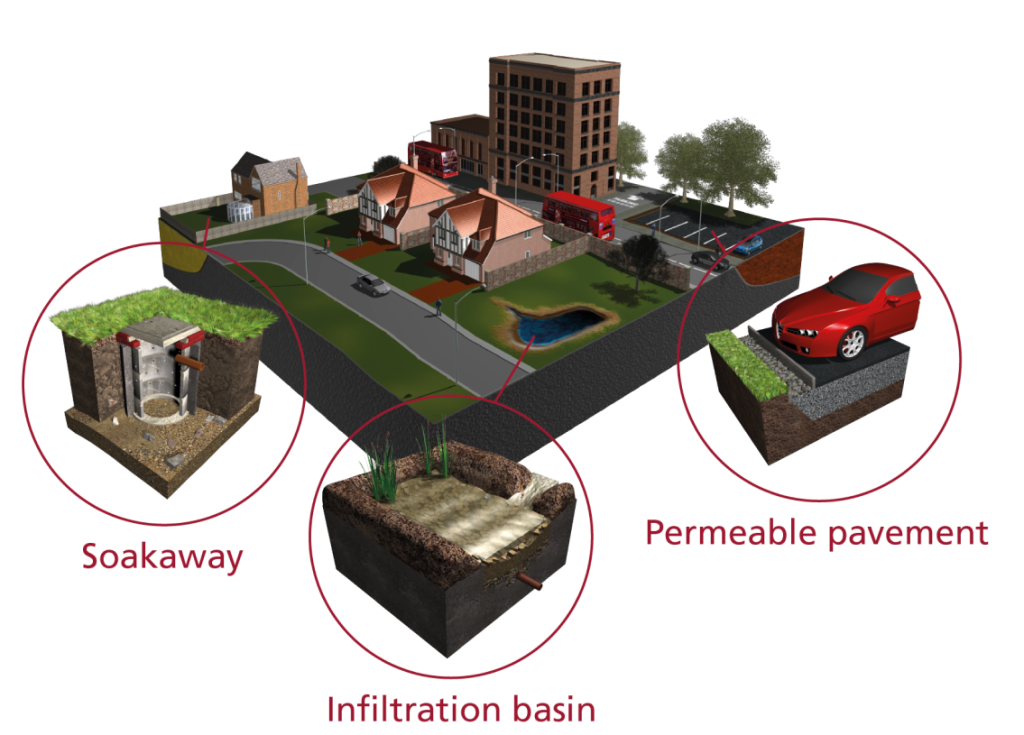
PFR explained

PFR is all about providing cost effective steps that aid you in lowering the risk of your property flooding.
The Code of Practice
The Code of Practice
Watertight are fully supportive of the PFR industry Code of Practice, which aims to “improve confidence in property flood resilience and subsequent take-up”.

Get impartial advice today!
Submit your details and we will be in touch.
